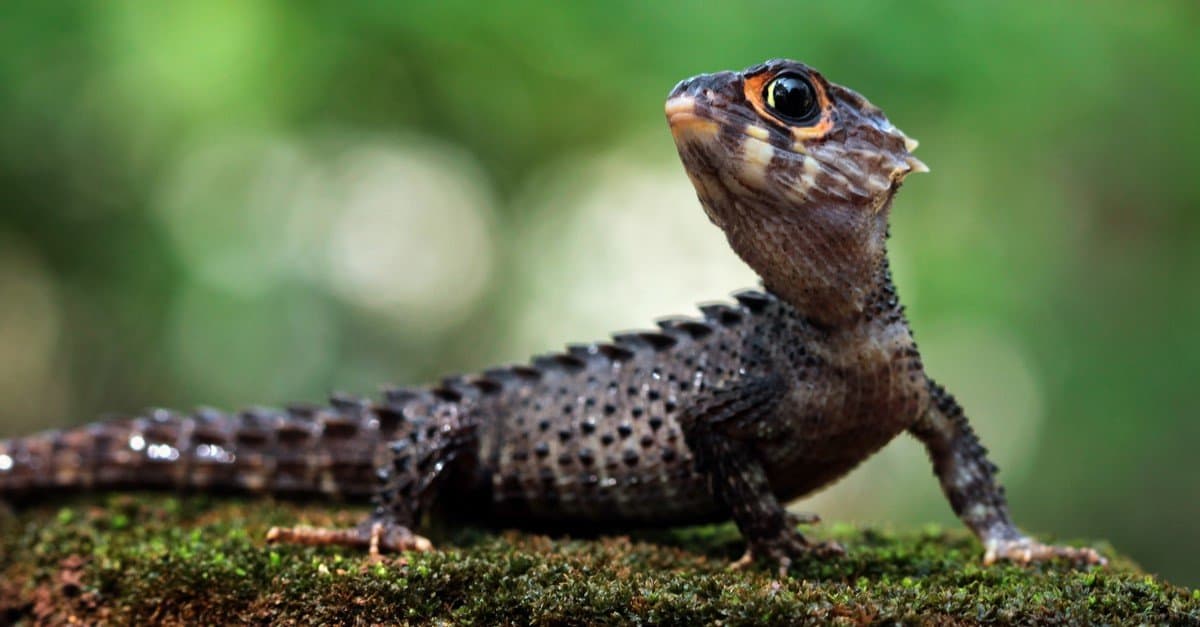What type of animal is a skink a lizard

What type of animal is a ‘skink’? A lizard
A skink is a fascinating creature that belongs to the lizard family. Lizards are known for their wide variety of species and unique adaptations, and skinks are no exception. With their sleek bodies and elongated tails, skinks have captured the curiosity of both scientists and nature enthusiasts alike.
Skinks are categorized under the family Scincidae, which consists of more than 1,500 different species. These reptiles can be found in various habitats worldwide, ranging from tropical rainforests to deserts. They are known for their diverse physical characteristics and behaviors, adapting to their environments in remarkable ways.
One of the distinctive features of skinks is their elongated body shape, which is well-suited for maneuvering through narrow spaces and crevices. Their slender limbs and agile bodies allow them to climb trees, rocks, and other surfaces with ease. Additionally, skinks possess a long, tapering tail, which they can quickly shed as a defense mechanism to escape from predators.
With their scaly skin and vibrant colors, skinks exhibit an impressive range of appearances. Different species display various patterns and hues, including shades of brown, yellow, orange, and green. These colorations serve multiple purposes, such as camouflage, mating displays, and even temperature regulation. Skinks are masters of blending into their surroundings, often relying on their colors to remain hidden from predators or to ambush unsuspecting prey.
Skinks are predominantly insectivorous, meaning they primarily feed on a diet of insects and other invertebrates. Their sharp teeth and agile tongues allow them to capture their prey swiftly. Some skink species have also been observed consuming plants and fruits, showcasing their ability to adapt their diet based on food availability and environmental conditions.
When it comes to reproduction, skinks employ various strategies. Most skinks are oviparous, meaning they lay eggs that hatch outside the body. These eggs are often buried in the ground or concealed within leaf litter, providing a safe environment for the offspring to develop. However, a few species of skinks are viviparous, giving birth to live young instead of laying eggs.
Skinks play a vital role in ecosystem balance and biodiversity. They contribute to insect control by preying on pests, thus helping to regulate insect populations. Additionally, skinks serve as a crucial food source for larger carnivorous animals, playing their part in the intricate web of life.
Next time you spot a skink in the wild or even in your garden, take a moment to appreciate its remarkable characteristics. These lizard-like creatures have captivated the attention of researchers and enthusiasts alike, demonstrating the incredible diversity and adaptability found within the lizard family. Explore the fantastic world of skinks, and you’ll discover a treasure trove of fascinating creatures.


Tags
Share
Related Posts
Quick Links
Legal Stuff

